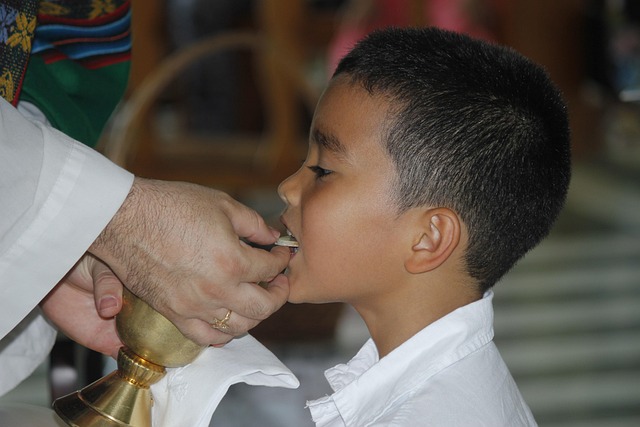
For Catholics, the Eucharist is the sacrament where bread and wine become the Body and Blood of Jesus Christ during Mass. Instituted at the Last Supper, it’s a memorial of His sacrifice, a source of grace, and a unifying act of communion with God and the Church. It’s central to worship, reflecting Christ’s real presence.
Catholics believe that in the Eucharist, the bread and wine become the actual Body, Blood, Soul, and Divinity of Jesus Christ. This is called the Real Presence. While the appearances (taste, texture) remain bread and wine, their substance is transformed into Christ Himself through a process called transubstantiation.
It’s rooted in Scripture, particularly John 6:53-56, where Jesus says, "Unless you eat the flesh of the Son of Man and drink his blood, you have no life in you," and at the Last Supper (Matthew 26:26-28), where He declares the bread and wine to be His Body and Blood. Early Church Fathers like St. Ignatius of Antioch (c. 110 AD) also affirmed this literal interpretation.
Transubstantiation is the theological term for how the bread and wine change. The Church teaches that during the Mass, when the priest consecrates the elements, their substance (what they truly are) becomes Christ’s Body and Blood, while their accidents (external properties) remain unchanged. This concept was clarified by St. Thomas Aquinas and defined at the Council of Trent (1545-1563).
Catholics reject a purely symbolic view because Jesus’ words in Scripture are direct ("This is my body"), not metaphorical, and He didn’t clarify them as symbolic despite many disciples leaving over this teaching (John 6:66). The Church has consistently taught this literal presence for 2,000 years, unlike some Protestant traditions that emerged later.
The Real Presence makes the Eucharist the "source and summit" of Catholic life (Catechism of the Catholic Church, 1324). It’s why Mass is central, why Catholics genuflect before the tabernacle (where the Eucharist is reserved), and why Eucharistic adoration—praying before the consecrated host—is a devotion. It’s seen as a real encounter with Christ.
Yes, it’s a mystery of faith. The Church acknowledges it transcends human understanding, relying on God’s power rather than science. Eucharistic miracles, like the Miracle of Lanciano (8th century), where the host visibly turned to flesh, are cited as signs to bolster faith, though belief ultimately rests on trust in Christ’s words.
No. While Eastern Orthodox and some Anglicans share a similar belief, many Protestant denominations (e.g., Baptists, Evangelicals) view the Eucharist as symbolic or a memorial. The Catholic (and Orthodox) understanding of the Real Presence is distinctive, tied to apostolic tradition and the authority of the Church.
The belief isn’t based on superstition but on revelation (Scripture and Tradition) and reason. The Church argues that if God can create the universe from nothing, He can transform bread into His Son’s Body. It’s a doctrine developed through centuries of theological reflection, not a folk tale.
The Real Presence is seen as Christ’s enduring gift to the Church, fulfilling His promise to remain with us "always, to the end of the age" (Matthew 28:20). It’s a source of grace, unity, and strength, making the Eucharist not just a ritual but a living connection to the divine.
Explore the Catechism of the Catholic Church (sections 1322-1419), Scott Hahn’s The Lamb’s Supper, or Brant Pitre’s Jesus and the Jewish Roots of the Eucharist. The USCCB website (usccb.org) and local parishes also offer resources on the Eucharist.